Flooded Basement Restoration
North Columbus
Choose us for all of your water damage restoration needs
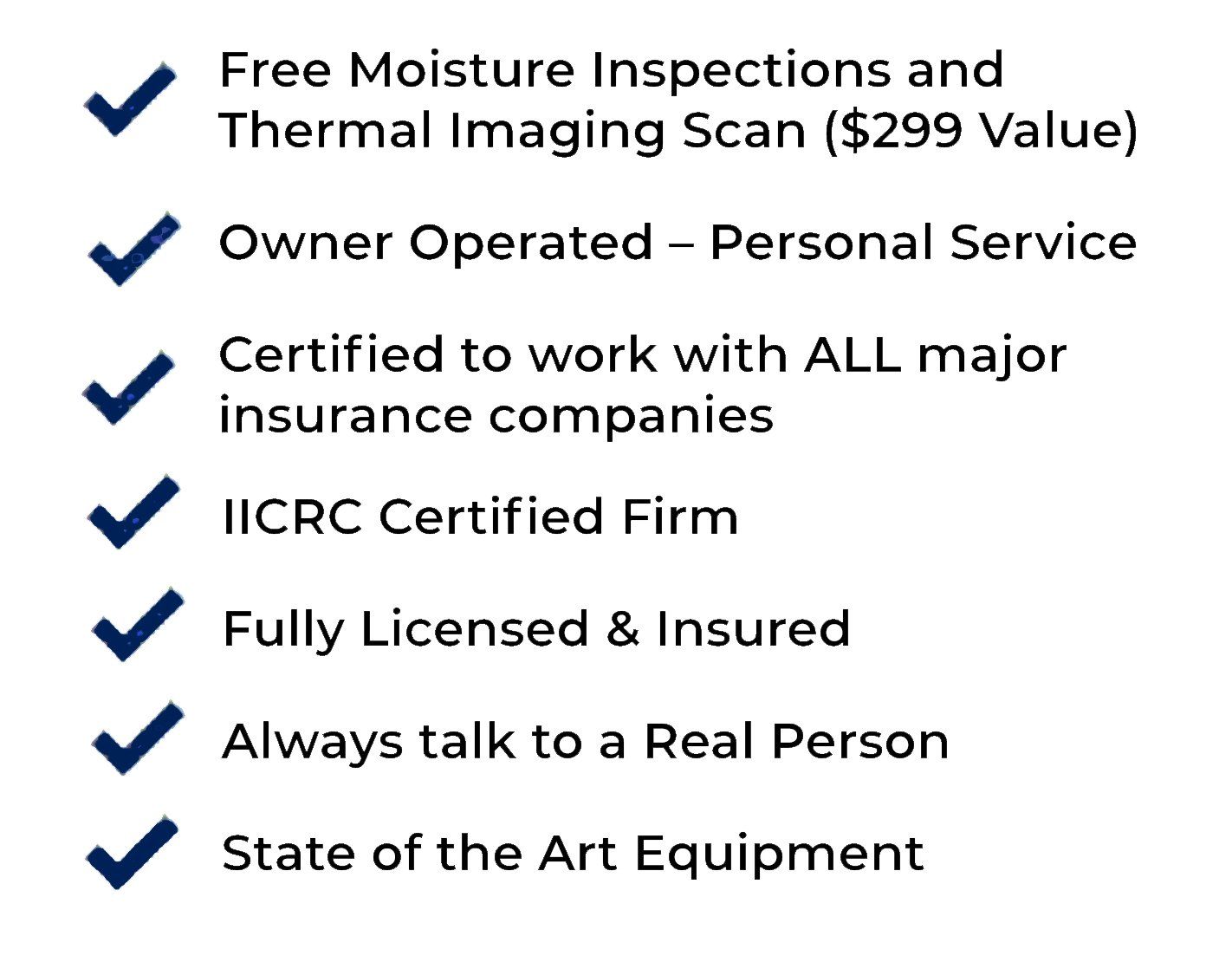
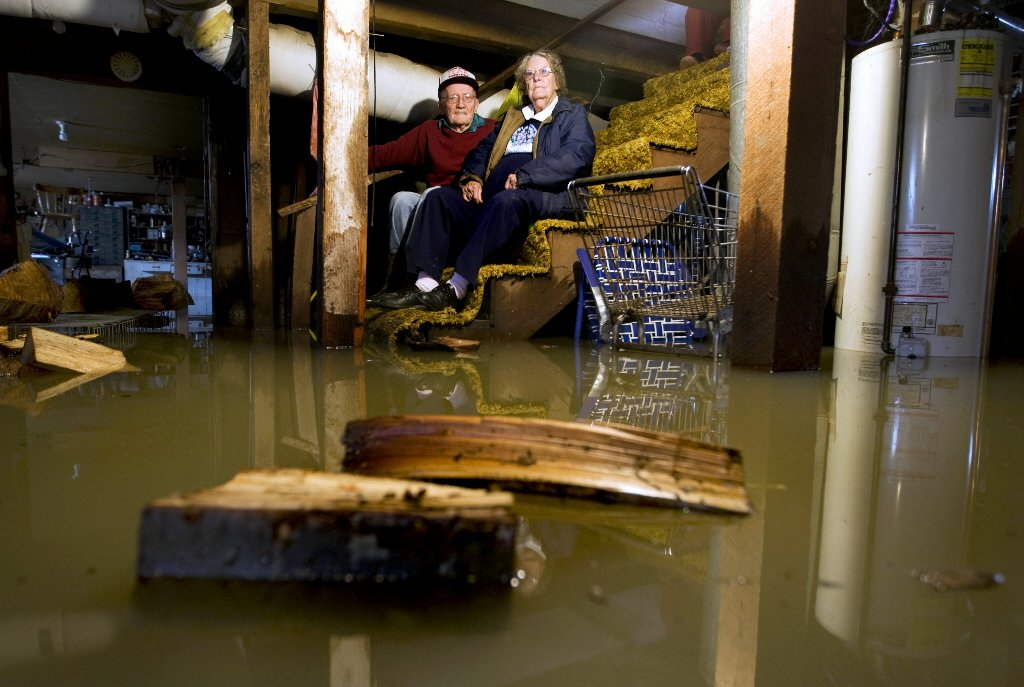



Understanding the Causes of Basement or Crawlspace Flooding
Basement and crawlspace flooding can be a frustrating and costly issue for homeowners. Several factors can contribute to these water-related problems, and it's crucial to identify the root causes to prevent future incidents. Here are some common causes of basement or crawlspace flooding:
- Heavy Rainfall: During periods of intense rain or storms, the soil surrounding your home can become oversaturated. When the ground reaches its saturation point, water can seep into your basement or crawlspace through cracks, gaps, or improper drainage systems.
- Poor Grading and Sloping: Improper grading around your home can direct water towards the foundation, increasing the risk of basement or crawlspace flooding. If the land around your property slopes towards these areas, water can accumulate and penetrate through vulnerable points.
- Faulty Gutters and Downspouts: Clogged or malfunctioning gutters and downspouts can lead to water overflow, causing water to pool around the foundation. This excess water can seep into the basement or crawlspace, resulting in flooding.
- Foundation Cracks: Over time, the foundation of your home may develop cracks or gaps, providing an entry point for water. These cracks can be caused by soil settlement, hydrostatic pressure, or structural issues. When it rains heavily or the water table rises, these cracks can allow water to enter the basement or crawlspace.
- Plumbing Issues: Leaky pipes, burst pipes, or faulty plumbing fixtures in the basement or crawlspace can cause water accumulation. If left undetected or unrepaired, these plumbing issues can lead to flooding and significant water damage.
- Poor Drainage Systems: Inadequate or malfunctioning drainage systems, such as sump pumps or French drains, can contribute to basement or crawlspace flooding. If these systems fail to effectively remove excess water from around your property, it can result in water seepage into these areas.
Understanding the causes of basement or crawlspace flooding is essential for implementing preventive measures. By addressing grading issues, maintaining gutters and downspouts, repairing foundation cracks, and ensuring proper drainage, you can minimize the risk of future flooding. If you're experiencing basement or crawlspace flooding, it's advisable to consult a professional waterproofing specialist who can assess the situation and provide effective solutions to keep your home dry and protected.
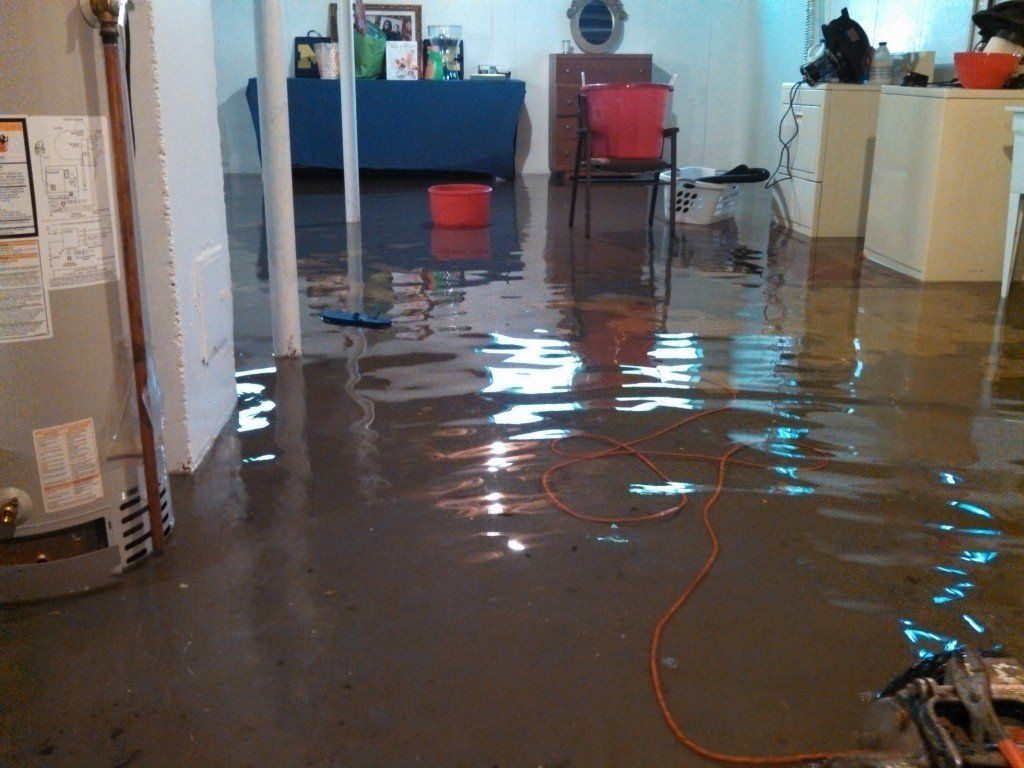
- Available 24/7/365
- Fully Insured & Licensed
- Talk With A Real Person
- Direct Insurance Billing Available
- Certified in Water Restoration/Odor Control
Certifications
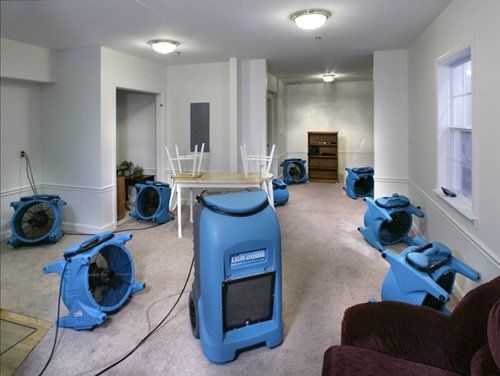
for immediate 24/7 emergency service - we work with all insurance companies.



The Process of Flooded Basement Water Remediation
Dealing with a flooded basement can be overwhelming, but with proper water remediation techniques, you can restore your space and minimize the damage. Here is an overview of the process involved in flooded basement water remediation:
- Assessment and Safety Precautions: A professional water remediation team will begin by assessing the extent of the water damage and identifying any safety hazards. They will ensure that electricity and other utilities are turned off to prevent accidents and evaluate the structural integrity of the space.
- Water Extraction: The next step is to remove the standing water from your basement. Industrial-grade pumps, vacuums, and specialized equipment will be used to extract the water efficiently. The team will focus on extracting both visible and hidden water to prevent further damage.
- Drying and Dehumidification: After water extraction, the drying process begins. Powerful air movers and dehumidifiers are strategically placed to promote airflow and reduce humidity levels. This step is crucial in preventing mold growth and further moisture-related issues.
- Salvage and Cleanup: Depending on the severity of the flooding, the team will assess which items can be salvaged. Salvageable belongings will be carefully removed, cleaned, and dried. Non-salvageable items will be disposed of properly. The affected area will be thoroughly cleaned and sanitized to prevent mold and bacteria growth.
- Structural Repairs: If the flooding has caused damage to the structure of your basement, such as weakened walls or flooring, necessary repairs will be performed. This may involve replacing damaged materials, reinforcing structural elements, and ensuring the space is safe for use.
- Restoration and Prevention: The final step involves restoring your basement to its pre-flood condition. This may include repainting, reinstalling flooring, and repairing or replacing damaged fixtures. Additionally, the remediation team may offer recommendations to prevent future flooding, such as improving drainage systems or installing a sump pump.
By following this comprehensive process, flooded basement water remediation professionals can help you regain a safe and dry living space. If you experience a flooded basement, it's crucial to contact a reputable water remediation company promptly to minimize the damage and restore your basement efficiently.
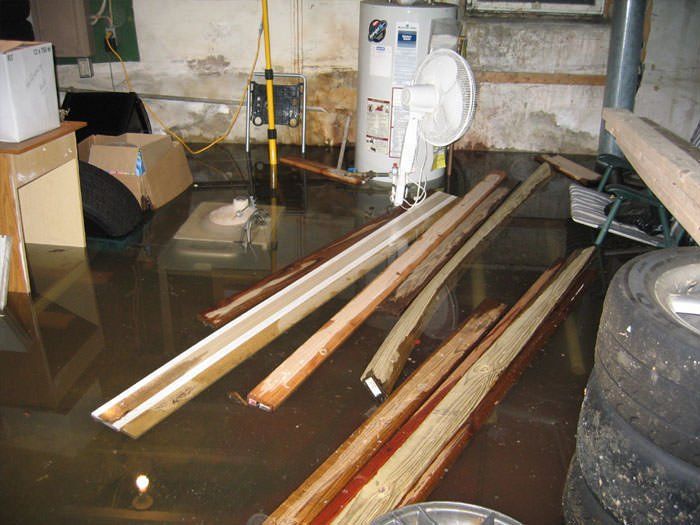

We Proudly Serve North Columbus, Ohio
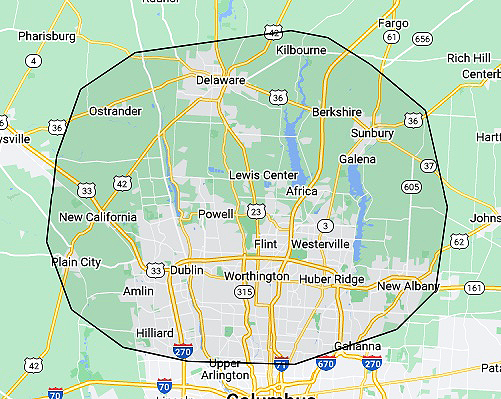
Kilbourne
Delaware
Ostrander
Stratford
Berkshire
Gregory
Watkins
Sunbury
Galena
Lewis Center
Africa
Jerome
New California
Arnold
Powell
Polaris
Harlem
Westerville
Plain City
Kileville
Dublin
Worthington
Flint
Huber Ridge
Amlin
Amity
Hilliard
Riverlea
Minerva Park
New Albany
Clintonville
Easton












